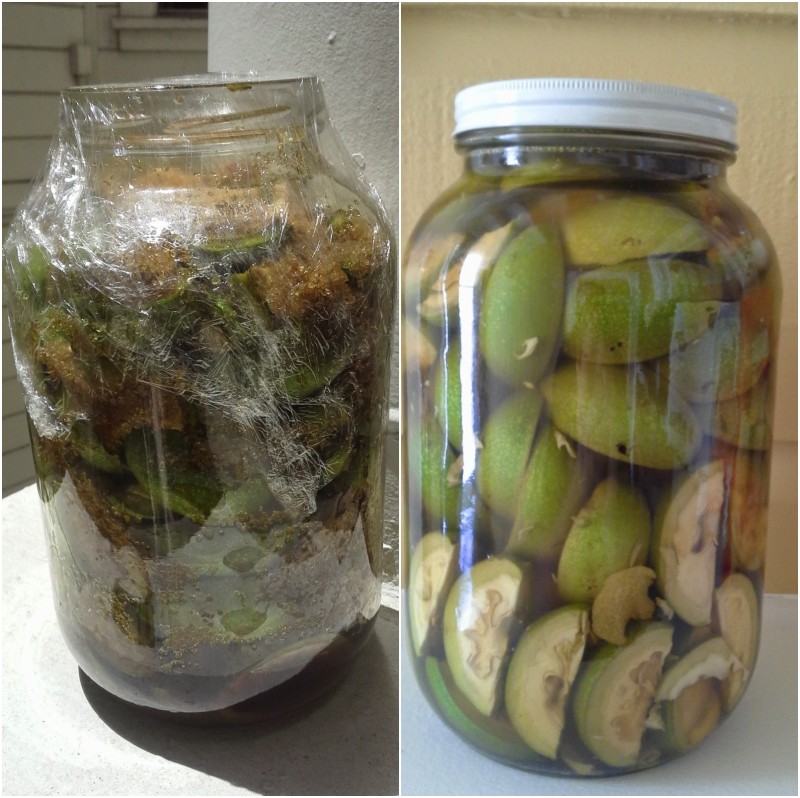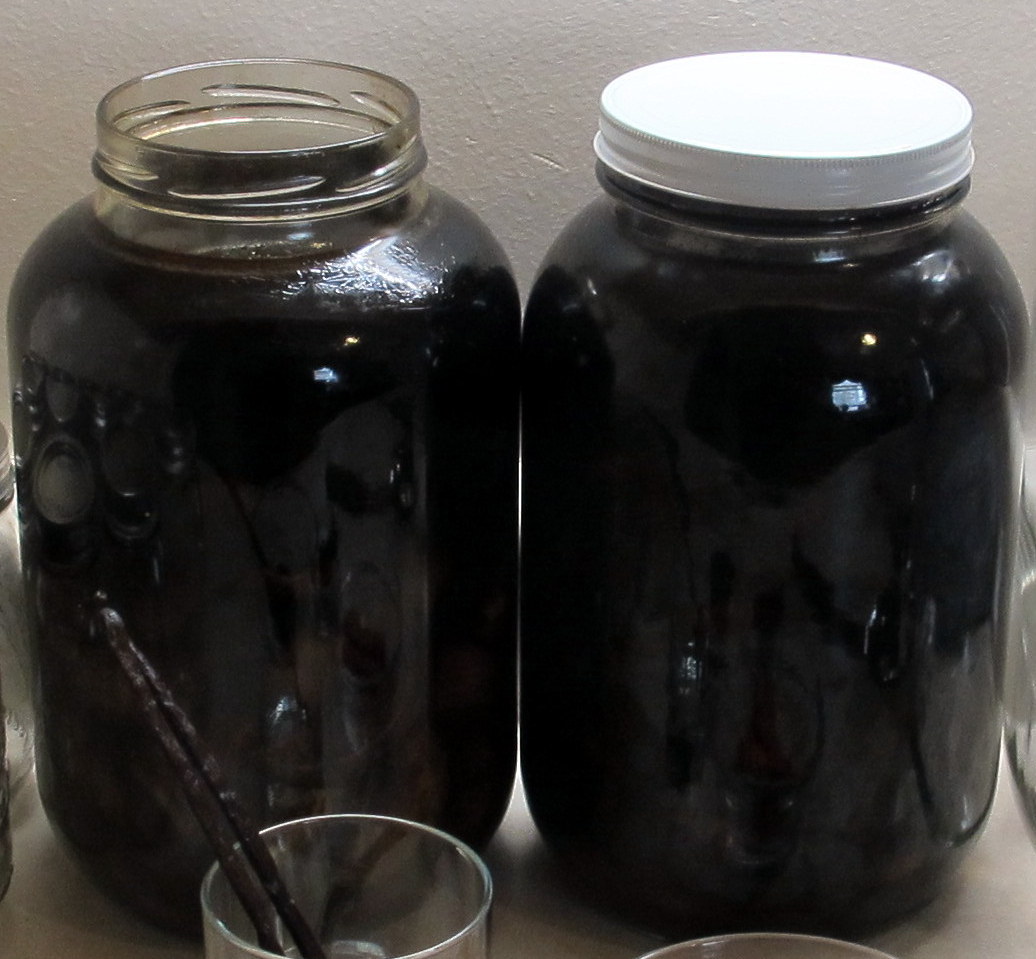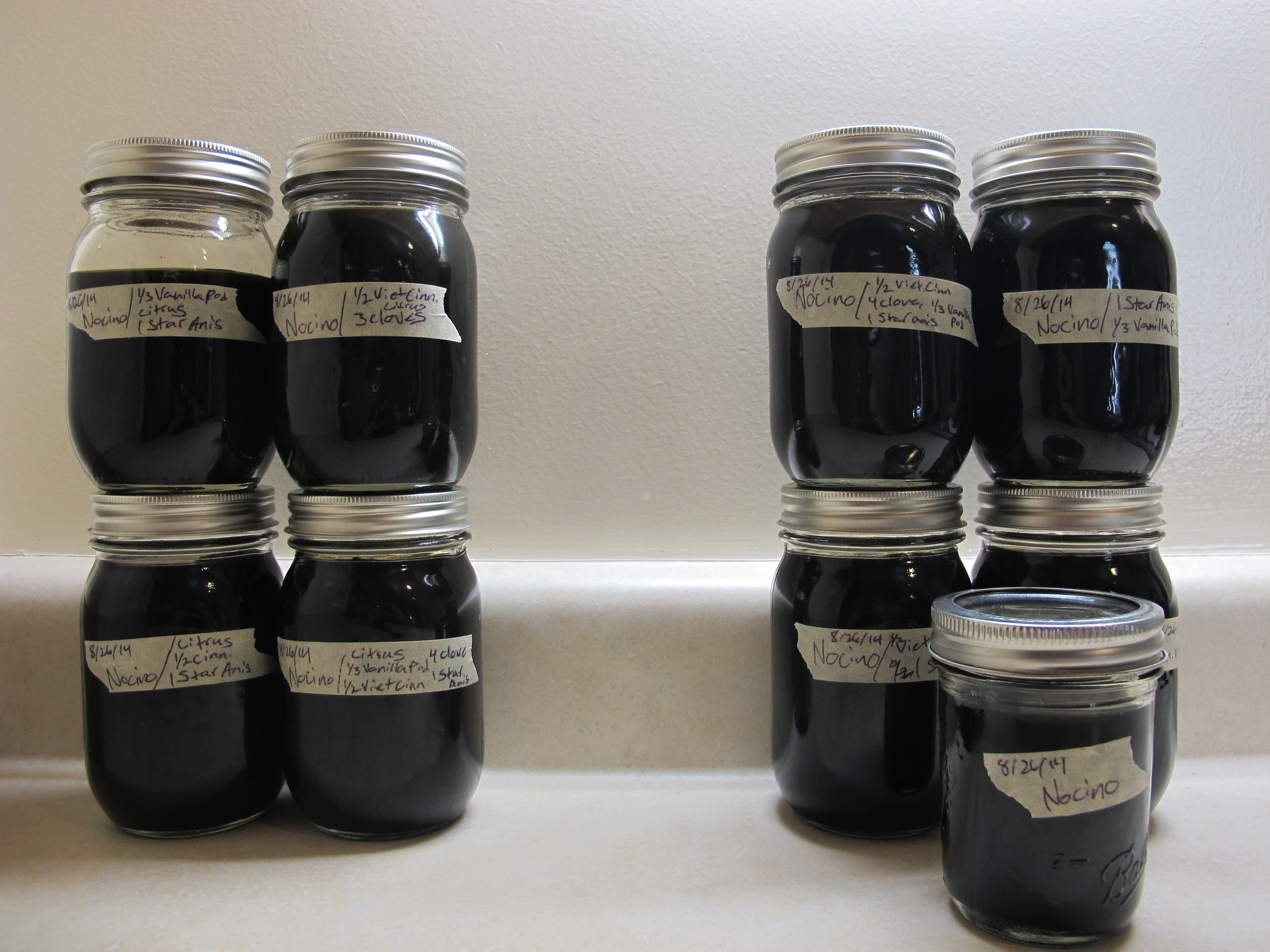Distillery Tourism on the Rise: Big Benefits for Local Communities
Eighty-two years ago, when
Prohibition was repealed, laws
treated distilleries as industrial factories producing goods for a national market, not as local producers of artisan spirits. Laws establishing the three-tier and state control distribution systems after repeal did not take into consideration that small-scale distillers would want to sell spirits direct to consumers in their local market. At the time, there was no real reason for states to consider such a thing. Both before and after prohibition, the distilling industry experienced a period of significant consolidation. It wasn’t until 1982, nearly half a century after prohibition’s repeal, that Jörg Rupf and Hubert Germain-Robin (together with Ansley Coale) founded the first two micro-distilleries and inaugurated the craft-distilling renaissance.
Until recently, most new craft distilleries were built without tasting rooms because state laws prohibited small distillers from offering samples or selling spirits direct to consumers. However, as the number of small distilleries has continued to grow and consumers have demanded greater freedom to interact with producers, state laws have begun to change. Distillers of all sizes know—and state legislators have started to realize—that allowing consumers direct access to taste and buy spirits from the source increases more than just a distillery’s profitability. Tasting rooms selling samples, bottles and even cocktails made with their spirits has a multiplier effect that spreads through local and state economies.
Although the current national boom in the popularity of bourbon has been
good for Kentucky, distillery tourism in the Bluegrass State has had a significant and positive impact on the state’s economy. In 1999, the Kentucky Distillers’ Association (KDA) founded the Kentucky Bourbon Trail with six distilleries. Today the tour has nine heritage distilleries and another nine distilleries on the Kentucky Bourbon Trail Craft Tour. Visitors are allowed to sample bourbon and purchase bottles. The Kentucky Bourbon Trail drew 627,032 individual visits to member distilleries, and the Craft Tour an additional 96,471 visits in 2014. In the economic impact report released in 2014, KDA estimates that 73% of the visitors on the trail come to Kentucky specifically to visit distilleries. Based on the approximately 15,000 visitors that turned in their passports annually, KDA estimates that bourbon tourism generated more than $5 million in lodging, transportation, meals and other purchases. Out of that, about $615,000 went to state and local governments in the form of sales taxes, lodging taxes, income taxes and payroll taxes. That $5 million also supports about 104 jobs state wide, for a total increase in economic activity of $7.5 million. With individual distilleries on the Craft Tour reporting estimates of 20,000 visitors annually, it is likely the overall economic impact is far greater.
In New York State, distillery tourism is growing in popularity and the economic benefits are reaching far beyond the money tourists spend on lodging, transportation and meals. In 2007, New York passed the Farm Distillery Act, which allowed small-scale distillers to produce 35,000 gallons of liquor per year, offer three samples of their spirits, and sell bottles directly to consumers as long as at least 50% of the agricultural products used to make the spirits were grown in New York. This law opened the door for distillery tourism and similar economic benefits in lodging, transportation, meals and other retail purchases seen in Kentucky. However, by tying the law to the use of stategrown agricultural products, the economic effects of distillery tourism have 28 distiller multiplied across New York’s agricultural sector and a number of supporting industries. Christopher Williams, chief distiller, blender and distillery manager for Coppersea Distilling, explained that when he started, there was no way to buy New York-grown and malted barley. In response, Williams worked with a local farmer to grow the type of barley and rye needed for his whiskeys, and then he malted it himself. That local farmer is now one of the largest suppliers of New York-grown barley used by brewers and distillers in the state. Instead of growing low-quality grains for animal feed, which has a low market value, the farmer can charge a premium for high-quality grain used by brewers and distillers.
Coppersea, ever committed to using local and sustainable practices in the creation of their spirits, has even partnered with a New York cooperage to create barrels from New York-grown white oak. By including a mandate for the use of New York-grown agricultural products, the state has fostered an environment that has spawned dozens of new businesses, which in turn have created a new pool of good paying jobs, for workers who pay taxes and recirculate their earnings in the local economy.
In 2014, the farm distillery law was amended to allow farm distilleries to serve full pours of their spirits as well as cocktails. The state also increased the total allowable production to 75,000 gallons annually and increased the mandate
for state-grown produce from 50 to 75%. These new amendments will allow New York farm distillers to increase their profitability from distillery tourism, and multiply its effects through increased demand for state-grown agricultural products, locally produced malt and even New York-coopered barrels.
Seeing the increase in economic activity and tax revenue from profitable craft distilleries, a number of states are starting to adopt laws that encourage distillery tourism. About a dozen states now allow craft distilleries to open one or more satellite tasting rooms from which they can sample their spirits, serve cocktails, and even sell their spirits by the bottle for off premise consumption. Such tasting rooms increase a distillery’s exposure and allow consumers to taste spirits in the way most people are used to, as cocktails. The increased exposure not only improves profitability of a distillery, but a satellite tasting room can bring vitality to a new neighborhood as well as added jobs with all of the associated benefits.
In New Mexico, craft distillers such as Santa Fe Spirits are allowed to operate
two satellite tasting rooms. Even though their distillery is located on the far west side of town, Santa Fe Spirits is able to have a lovely tasting room downtown that sells individual samples, flights of samples, cocktails and bottles for customers to take home. This location also has a back room that can be rented out for private tasting events and seminars where groups can learn about the products that Santa Fe Spirits makes. Molly Norton, the former tasting room manager at Santa Fe Spirits, explained that they were allowed to serve and sell any New Mexico-produced spirit, which increased the variety of cocktails they could serve and helped promote the entire local industry.
Despite the advantages states have garnered from promoting their local distilling industry, a number of states, including California, have been slow to act, resulting in a number of negative consequences. Until recently, distilleries in California were not allowed to have tasting rooms or to charge for samples. St. George Spirits found an expensive workaround by partnering with separate on-site companies to operate a bar to serve their spirits and a liquor store to sell bottles. However, most distilleries don’t have the space or level of customer interest to entice another company to invest in expensive liquor licenses to sell a single brand. On January 1, 2014, California enacted legislation that allows distilleries to conduct paid on-site tastings. While that increased the opportunity for promotion, the sale of six ¼ oz samples proved to be small victory.
Currently before the California state legislature is AB 1295, which would allow small California distillers to serve cocktails and sell up to three bottles per person per day. Distilleries would even gain the ability to operate a full-service restaurant selling their spirits. This bill has the potential to put California’s small-scale distillers fully back into competition with other states with robust laws encouraging distillery tourism.
Until then, California, Alabama, Connecticut, Georgia, Minnesota, Mississippi, Oklahoma and South Dakota all prohibit direct bottle sales and, in general, have some of the most restrictive laws for small-scale distillers. This restrictiveness does nothing to protect public safety or limit the abuse of alcohol. Instead, these laws work against the states’ interests to create jobs, generate tax revenue, and support local agriculture. Meanwhile, states including Kentucky, New York and New Mexico have demonstrated that, by enacting laws that promote distillery tourism, there are clear economic benefits and no increase in the social ills commonly used as excuses to limit the production, sale and consumption of alcohol.
Originally published in Distiller Magazine (Fall 2015): 27-28




